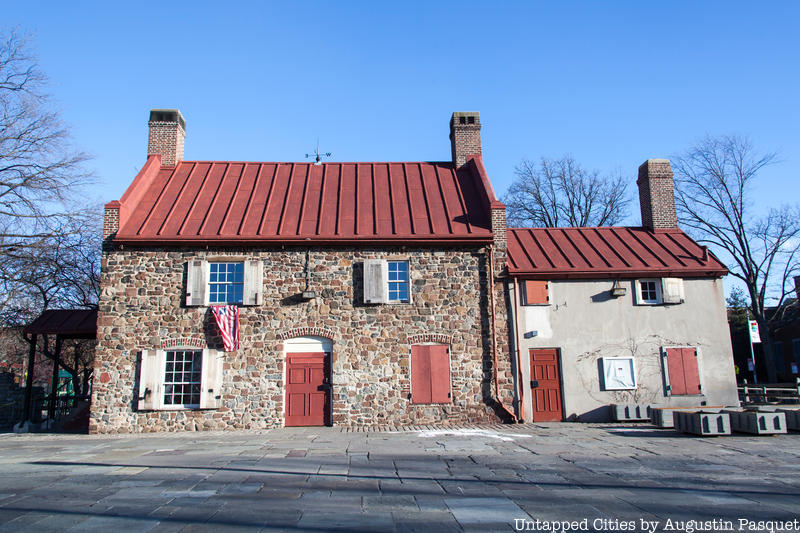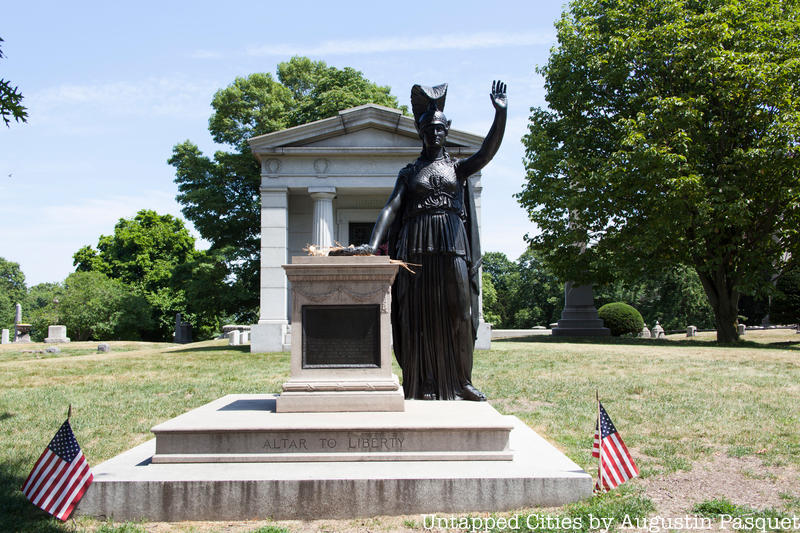
Today is the anniversary of the Battle of Brooklyn which began just before midnight on August 26th, 1776. With a total of 50,000 soldiers, the Battle of Brooklyn (also known as the Battle of Long Island) was the first major battle during the Revolutionary War, and the largest until Yorktown in 1781 when the British surrendered. During this first battle of the war, the Americans, underprepared and outnumbered, suffered significant casualties, losing around 1,000 out of a total force of 18,000. Because of the valiant efforts of the Maryland 400, many who fought to the death near the Old Stone House to allow for George Washington’s retreat, and a nor’easter that delayed the arrival of British ships to New York, this defeat on the Patriot side did not begin and end the war.
Here are many locations you can still see in Brooklyn to mark the battle, though the larger battle was also fought in Manhattan and in the Bronx, with an appearance of Staten Island early in the action. You can also join us on our next tour of the Secrets of Prospect Park, to learn more about Brooklyn’s role in the war along with how the borough has changed since:
1. Green-Wood Cemetery

Battle Hill in Green-Wood Cemetery is one of the key sites where the Battle of Brooklyn took place. As Jeff Richman, historian for the Green-Wood Cemetery writes, “For too long, the battle received short shrift from historians, who were uninterested in writing about what was an American defeat.” But in 1920, one man sought to rectify that. In front of the plot he purchased at Green-Wood Cemetery, Charles Higgins, a notable New Yorker and the inventor of Higgins American Indian Ink, installed a bronze statue of Minerva.
Minerva is at the highest natural point in Brooklyn, at 200 feet above sea level, and placed deliberately with arm saluting the Statue of Liberty. This orientation would seem logical, given the symbolism of the Statue of Liberty, a gift from France to commemorate the independence of the United States. But, as old blueprints in the Green-Wood Cemetery surveyor’s office reveal, the original plan for Minerva was to have her facing the Woolworth Building in lower Manhattan, later changed to the Statue of Liberty.
In the early 2000s, a developer planed a 70-foot tall condominium that would have blocked Minerva’s view of the Statue of Liberty, which led to much community consternation. Caving to pressure, the developer signed a pact that “persons of average height standing on the ground at the base of Minerva will still maintain an unobstructed view to the Statue of Liberty.”





